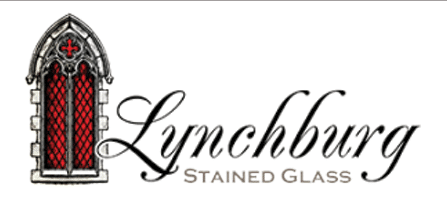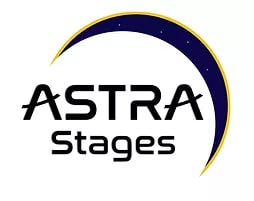Energy costs are one of the largest monthly expenses for churches. The lights must be on to reach people.
And, since most people don’t find it appealing to attend a church that is boiling hot in the summer and freezing in the winter, properly functioning heating and air conditioning units and lights that are on are vital if you want to reach people.
According to the U.S. Environmental Protection Agency (EPA), most churches can lower their overall energy costs by up to 30 percent by:
- Investing in efficient equipment
- Implementing facility upgrades
- Proper maintenance
Churches prioritize energy efficiency in order to:
- Decrease monthly utility costs
- Reduce energy consumption
- Lessen their contribution to pollution that is harmful to the environment and the health of others
Eliminating wasteful energy usage can free up more cash to invest in other vital areas of a church’s vision. As pastors and church leaders, being good stewards of church finances and respectful of the environment should rank high on our priority list.
So, let’s discuss small ways to lower your worship facility’s energy consumption that will make a big impact on your budget over time.
First, conduct an energy audit. Inspect and analyze the energy efficiency of your worship facility and create a list of solutions in the quest to decrease energy consumption. Energy audits can be done by church leadership, or you can hire a professional to inspect your specific systems, such as HVAC and lighting. They are sure to uncover all your needed upgrades to maximize energy efficiency.
Next, implement an energy conservation plan. The energy audit provides a roadmap to your energy conservation destination. You’ll need cooperation from your staff and volunteers in order to carry this plan out effectively.
Here are 13 ways to lower your worship facility’s energy costs:
- Turn off lights and office equipment when they aren’t in use.
Occupancy sensors can also help save on lighting costs.
- Decrease unwanted costly drafts from the outdoors.
Install fresh weather stripping and caulk on windows and doors to stop costly drafts from entering your building facility.
- Install ceiling fans where appropriate.
Move cool air down in the summer and up in the winter. Use the ceiling fan only when the room is occupied and save energy costs by decreasing your need for air conditioning.
- Change your lighting system to an LED-based system.
Replace fluorescent lighting with long-lasting LED lights. The initial expense may add up, but over time, the savings will add up even more.
- Add dimmer switches where they are appropriate.
If a room has lots of natural light due to an abundance of windows, adding a dimmer switch will help decrease your energy costs to light that room.
- Invest in energy-saving choices.
If you are building a new facility, then as your design is planned and implemented, invest in energy-saving measures throughout your building. If you are renovating your current facility, it pays to invest in energy-saving appliances and systems.
- Check your air ducts regularly.
Seal any leaky ducts to cut down on wasted energy.
- Invest in a programmable thermostat.
Save energy by controlling your facility’s temperature according to when it is in use.
- Change your facility’s air filters.
Make it a practice to change your air filters each month to decrease the possibility of overtaxing your heating and air unit. If filters aren’t changed regularly, they can get clogged up and force your heating and air units to use more energy, costing you more in monthly utilities.
- Close the vents.
If you don’t use a particular room often, close the air vents to conserve energy.
- Turn your hot water heater down.
For energy efficiency, set your hot water heater between 120 and 130 degrees.
- Unplug your computer and office equipment when you aren’t using them.
Energy is lost when electronics and appliances are plugged in yet turned off.
- Align program schedules within the church.
There are a variety of departments within the church, and they all need to use the facility for important activities and programs. If you can think ahead and align their schedules to decrease the facility’s occupied hours, you’ll save energy costs. And, housekeeping can be done during business hours to decrease energy use at night.
When building a new facility, during the planning and design phase, bring up long-term energy savings as a priority. You’ll be glad you did in the long run!
This article is courtesy of Churches by Daniels, which helps churches achieve their ministry goals with professional construction services. Licensed and bonded nationwide, they specialize in using the cost and time saving method of design build construction to complete renovations, expansions, retrofits, and ground up construction, www.churchesbydaniels.com.
















